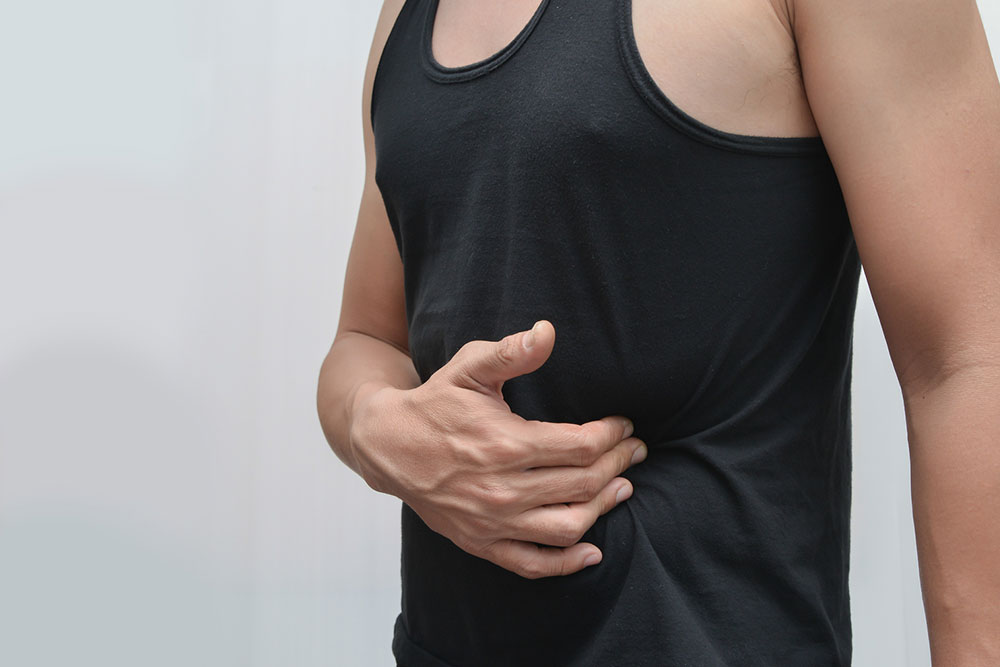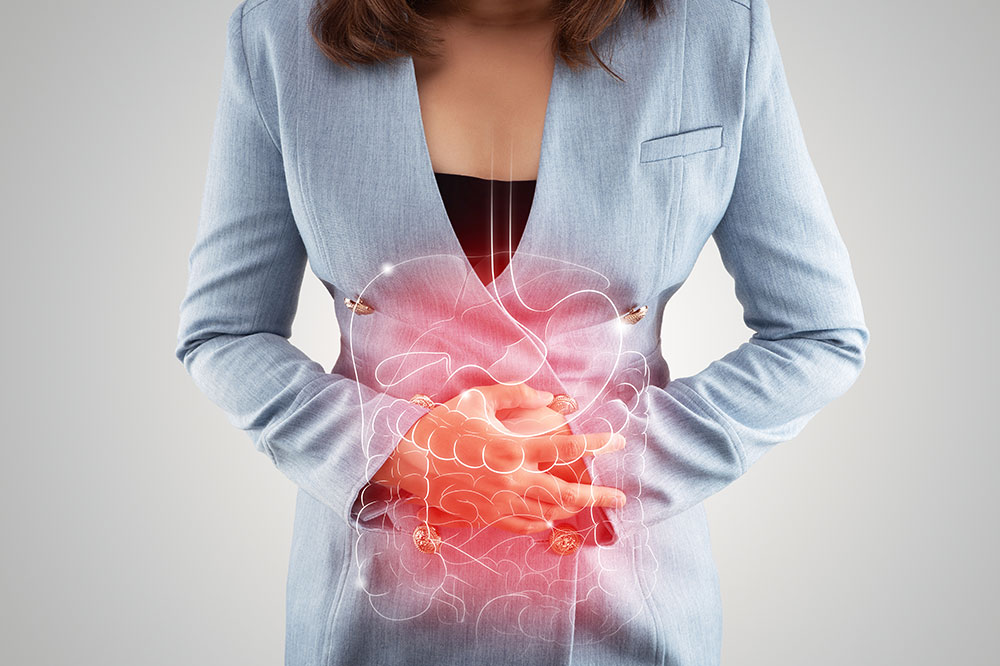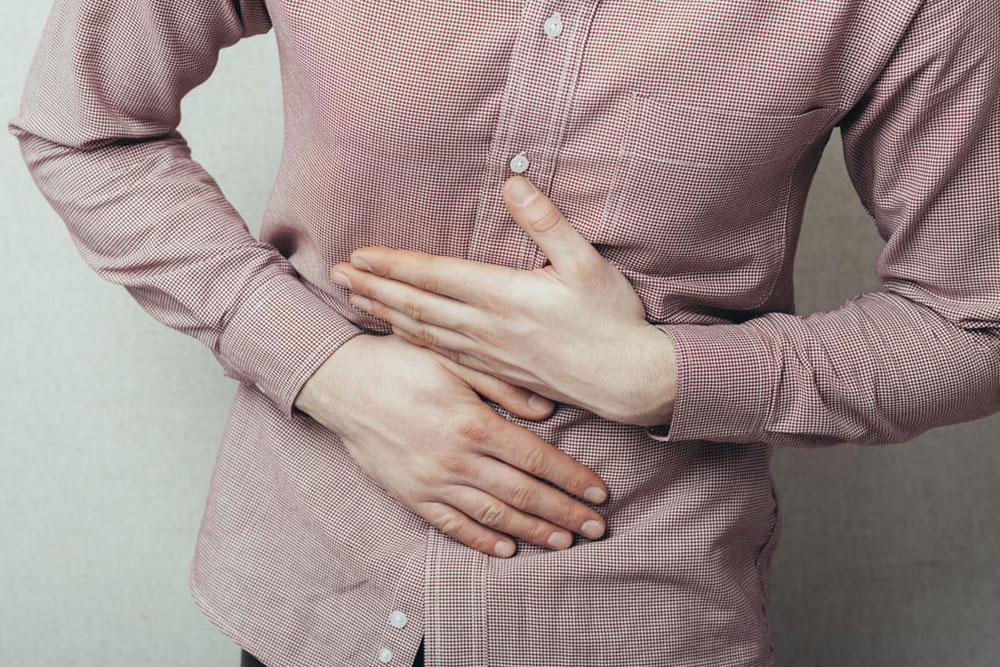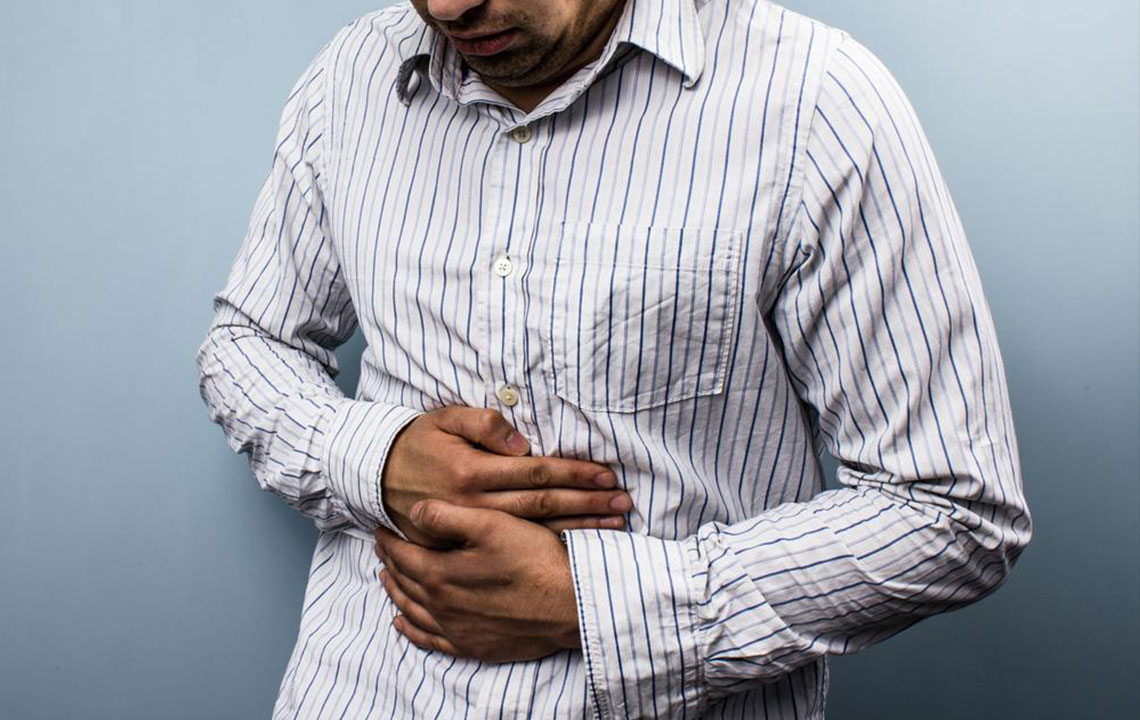Essential Signs and Solutions for Gallbladder Health
This article highlights crucial signs of gallbladder problems, including symptoms, diagnosis, and treatment options. Recognizing early symptoms like nausea, pain, and digestive issues can lead to prompt medical intervention. Lifestyle modifications such as diet changes are essential for prevention and recovery. Consulting healthcare professionals is vital for proper diagnosis and managing gallbladder health effectively. Early detection and treatment can prevent complications, ensuring overall well-being.
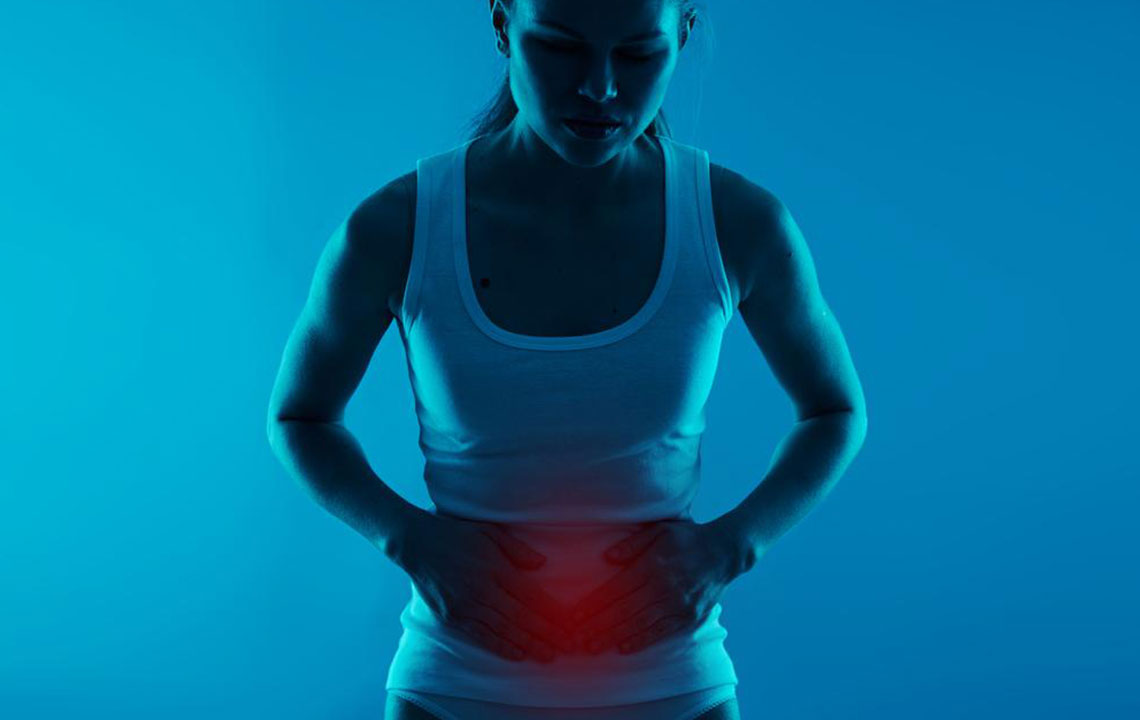
Recognizing Key Indicators of Gallbladder Issues
The gallbladder, a small organ beneath the liver, stores bile produced by the liver and releases it into the small intestine to aid digestion. Often overlooked, it only garners attention when it malfunctions. Typically silent, problems arise when bile flow is obstructed. Symptoms vary among individuals; some experience chronic issues while others face urgent medical needs, with different warning signs appearing accordingly.
Common signs indicating gallbladder issues include:
Nausea and Vomiting
These are among the most typical symptoms, seen with gallstones or inflammation. Chronic conditions may also cause bloating, acid reflux, and digestive discomfort.
Feeling of Fullness
Digestive disturbances can diminish appetite and lead to a sensation of fullness in the abdomen, often observed in affected individuals.
Additional symptoms include abdominal tenderness and unexplained chills or fever, which may signify infection or worsening of the condition.
Pain
Persistent discomfort in the upper right abdomen, sometimes radiating to the back or chest, is common. The severity can range from mild to intense, especially after fatty or spicy meals.
Color Changes in Stool and Urine
Dark urine and pale stool can signal gallbladder issues or liver problems.
Chronic Diarrhea
Frequent, prolonged diarrhea over three months may be linked to gallbladder problems.
Jaundice
Though rare, yellowing of skin and eyes could indicate serious gallbladder or liver conditions, such as chronic inflammation or tumors.
Diagnosis and Treatment
Early detection is straightforward today. Medical history, ultrasound imaging, and blood tests help diagnose the problem. Mild cases often resolve with medication and diet adjustments, while severe issues like gallstones or cancer might require surgery. Early diagnosis greatly enhances recovery prospects. Post-treatment, maintaining a balanced diet—avoiding junk food and alcohol, increasing fiber, and managing weight—supports long-term gallbladder health. Special attention is advised for those over 40 or with family history.


